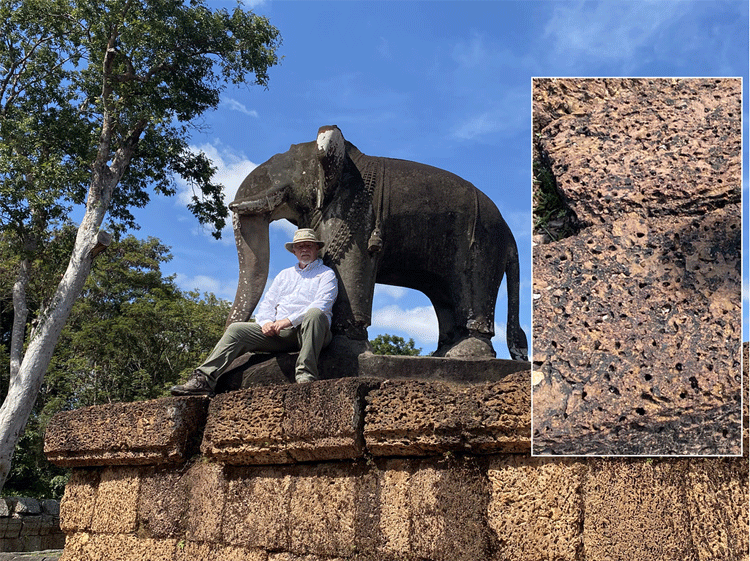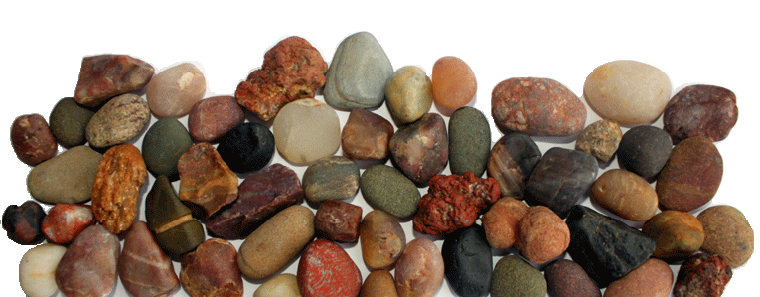 |
|
|
| , | ||||
 Laterite is both a soil and a rock type rich in iron and aluminium and is commonly considered to have formed in hot and wet tropical areas. Nearly all laterites are of rusty-red coloration, because of high iron oxide content. They develop by intensive and prolonged weathering of the underlying parent rock, usually when there are conditions of high temperatures and heavy rainfall with alternate wet and dry periods. Historically, laterite was cut into brick-like shapes and used in monument-building. After 1000 CE, construction at Angkor Wat and other southeast Asian sites changed to rectangular temple enclosures made of laterite, brick, and stone. Since the mid-1970s, some trial sections of bituminous-surfaced, low-volume roads have used laterite in place of stone as a base course. Laterites are a source of aluminum ore; the ore exists largely in clay minerals and the hydroxides, gibbsite, boehmite, and diaspore, which resembles the composition of bauxite. In Northern Ireland they once provided a major source of iron and aluminum ores. Laterite ores also were the early major source of nickel. (source: Wikipedia) Photos by Michael Marcotte  The large, rust-colored, base stones on this East Mebon temple at Angkor, Cambodia, are Laterite. Originally,the exterial of the temple would have had a smooth and sculpted sandstone or clay outer layer applied over top the large rougher-surfacedlaterite bricks. (Photo is of Michael Marcotte at East Mebon temple ruins, Angkor, Cambodia, taken by his Cambodian guide, Hean Nut.). Return to List Back to Michael's Hobbies page Back to Michael Marcotte's HomePage 
|
||||